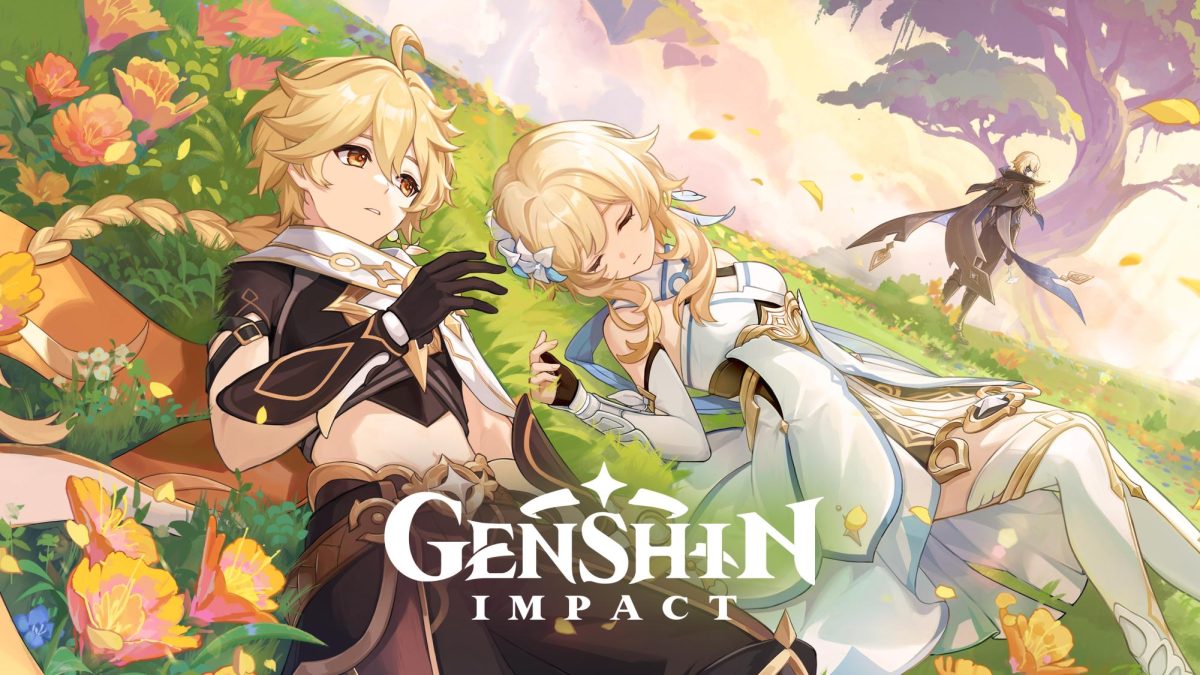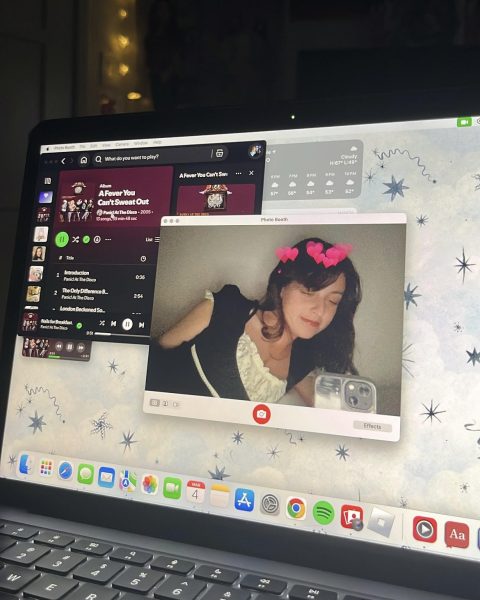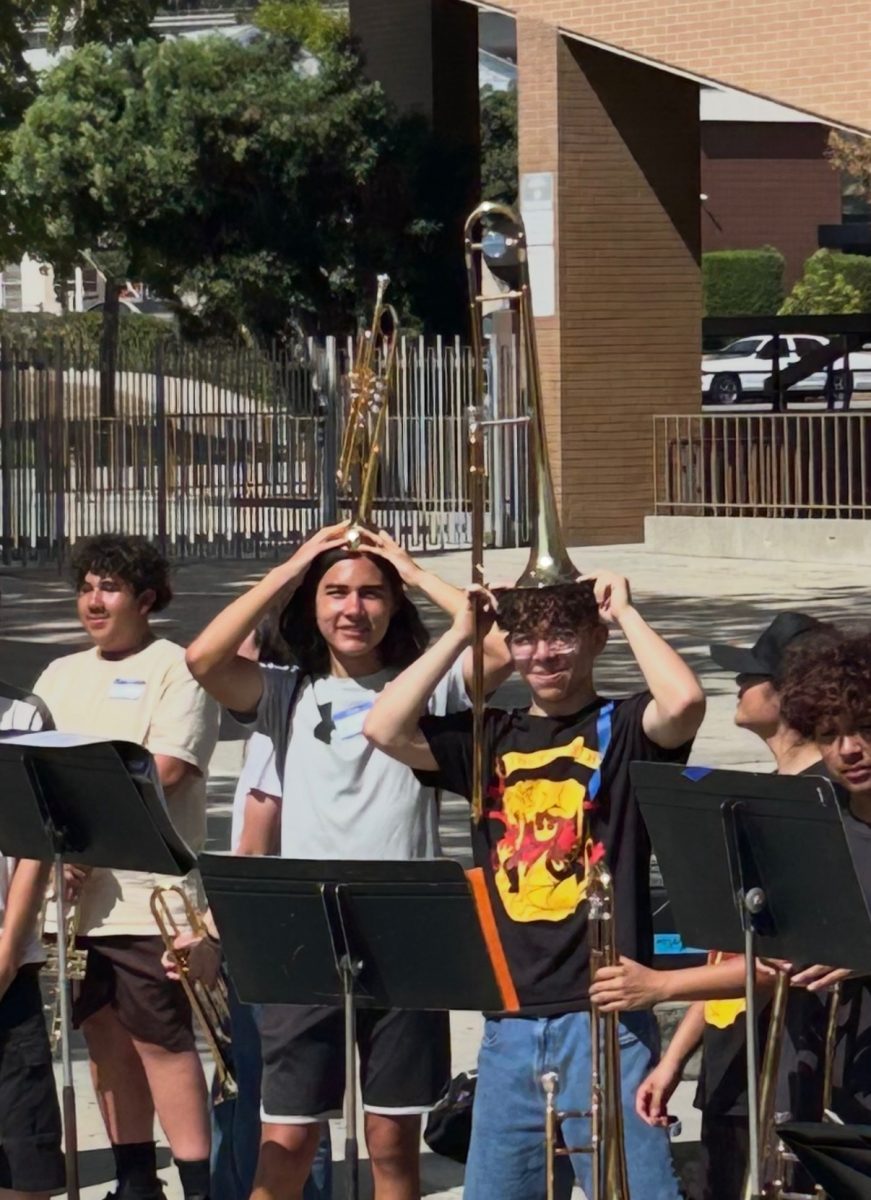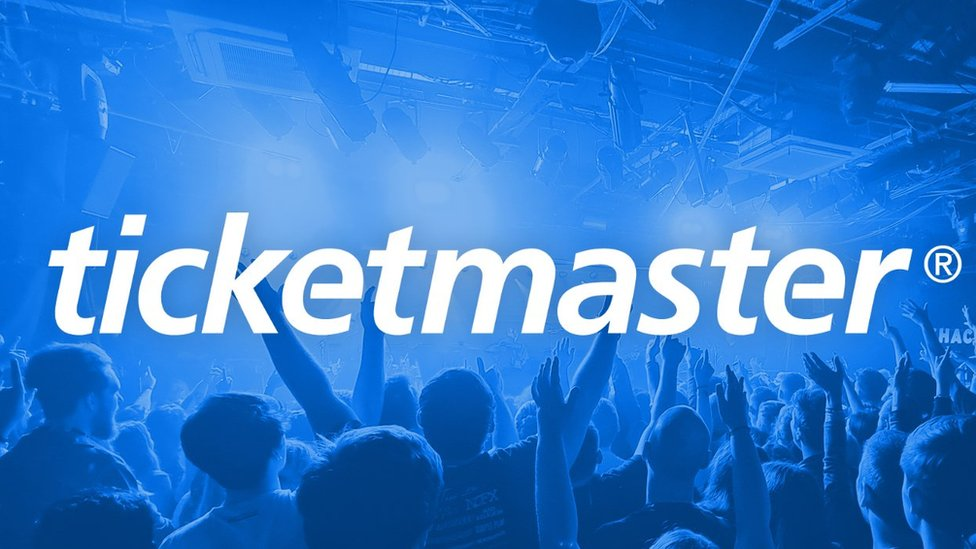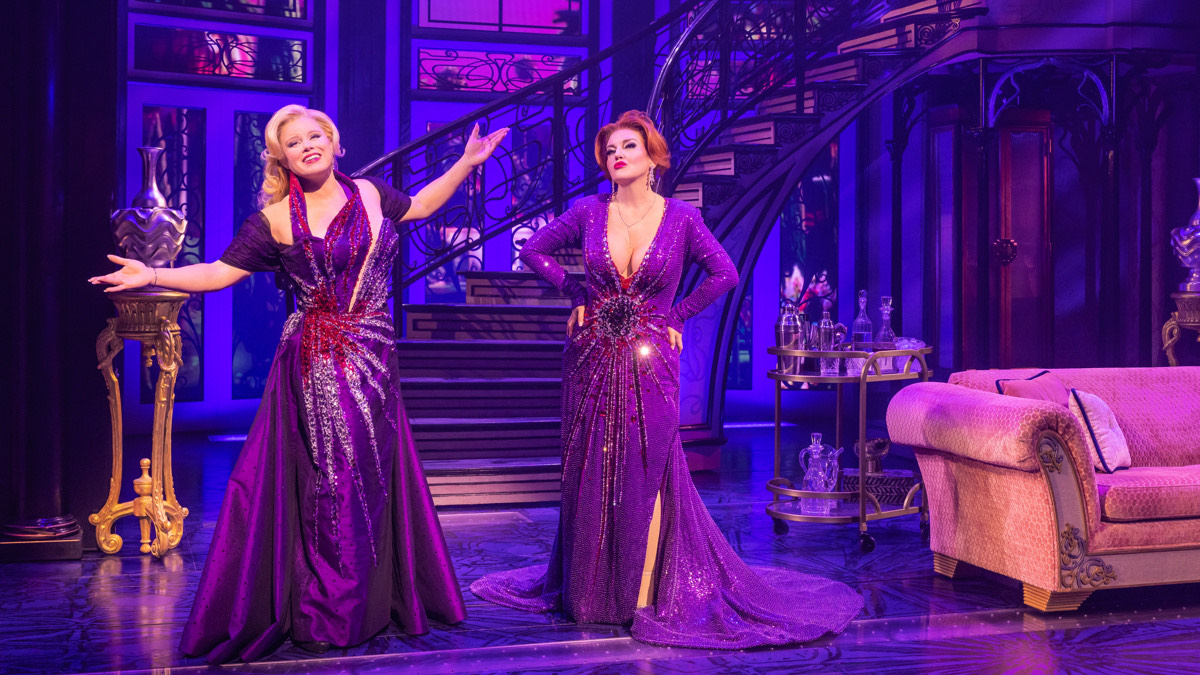Genshin Impact is an open-world, role-playing gacha game produced by HoYoverse. It is free to play, although many gamers, including myself, couldn’t help but spend a fair sum of money in 2020. The game, in a nutshell, is great, but there are many cons that come with playing.
In the game, you play as either twin, Aether or Lumine. You traverse the world, trying to find your missing half, solving each region’s problems as you travel. The game is very well made, from the scenery in each nation to the character design. The landscape of the game is genuinely beautiful, but this doesn’t stop the game from having quite a few problems.
One issue is the gacha system, which is very complicated in itself, and if I tried to explain it, it would give both you and me a headache. In a nutshell, you have to spend a good chunk of money to get a limited five-star character, unless you get lucky…which never really happens. According to Hoyoverse, the cost of obtaining an event exclusive five-star event varies from $1.98 to $475.20. The game preys on gamers’ affection for certain characters to get them to spend money to obtain the characters. The system is essentially a gambling addict’s nightmare.
Another major problem that players have with Genshin is the whitewashing of many characters. Teyvat, the world found in the game, features regions that are heavily inspired by real-life cultures. A couple of examples are Liyue representing China and Fontaine representing France. When the game’s newest region, Natlan, was being rumored, it was said to be inspired by different Mesoamerican cultures. When the region was eventually released, and all the characters were not very dark-skinned at all, people flipped.
A similar thing happened on the internet in 20022, with the release of Sumeru, based on the Middle East, with a lot of specific inspiration from Egyptian, Arab, and Indian cultures. The characters were very pale in comparison to their real-life counterparts. When Natlan came out, many players chose to boycott the game and the company.
Another problem that goes hand-in-hand with the previous issue is orientalism. One example is a character, Dori. She is supposed to be Turkish, and her theme song and components of her outfit are heavily inspired by Turkish culture. But many of her aspects are not inspired by Turkish culture. Her signature dish is butter chicken, which is Indian, not Turkish, and her name is Persian. One huge part of her character design is a lamp and genie that is shown in her attacks and idle animation. The genie in a lamp story came from Aladdin in One Thousand and One Nights, which is Arabian.
HoYoverse has shown that they are capable of making non-orientalist characters, in the form of another character, Nilou. She’s Persian, and she has many components that showcase her Persian culture wonderfully. That leaves us to wonder why they didn’t go through the trouble with Dori and many other characters.
All of this is very confusing to me, as the team behind Genshin has put a lot of effort into their regions. They make sure they get very detailed into the cultural aspects of the land and story. One example is the Liyue archon quest. The story has a very great emphasis on the concepts of honor and duty as well as business relations, two very important staples of Chinese culture.
You might be thinking, why does all of this matter anyway? It’s just a game, right? But actually, games are influential as to how adolescents view the world around them. If they see orientalism portrayed in Genshin, they might assume that most Middle Eastern cultures are all the same, but this couldn’t be further from the truth.
I had a very enjoyable time playing Genshin back in the day, but as many have said, it’s a full-time job. In middle school, I had time to complete all of my archon quests, but so like many, I quit after the quarantine ended. I still come back to the game every now and then, when I have the storage on my phone. All in all, Genshin isn’t a bad game, although it does have some issues that need to be sorted out, and some of them easily fixable.





